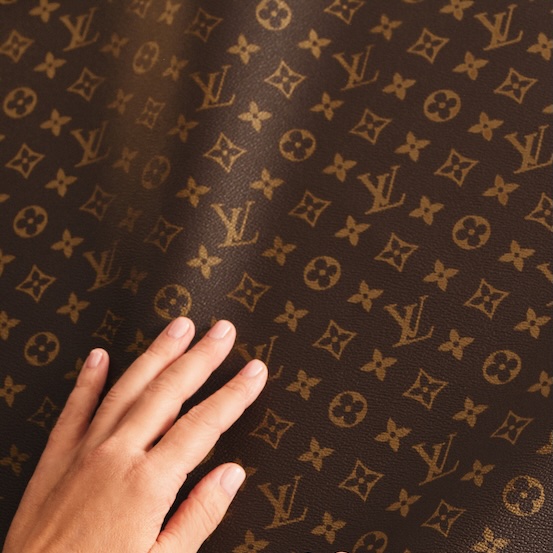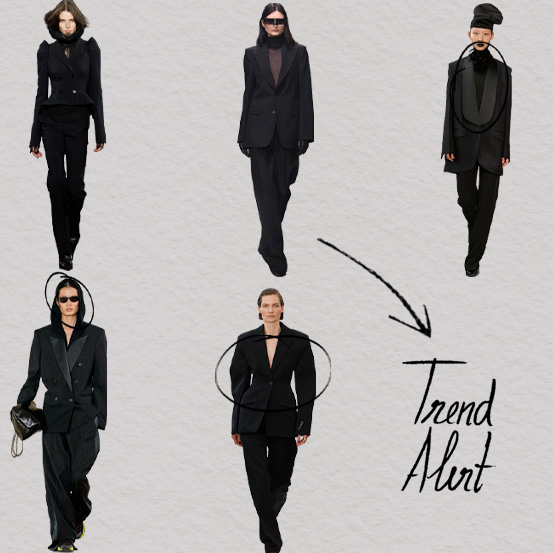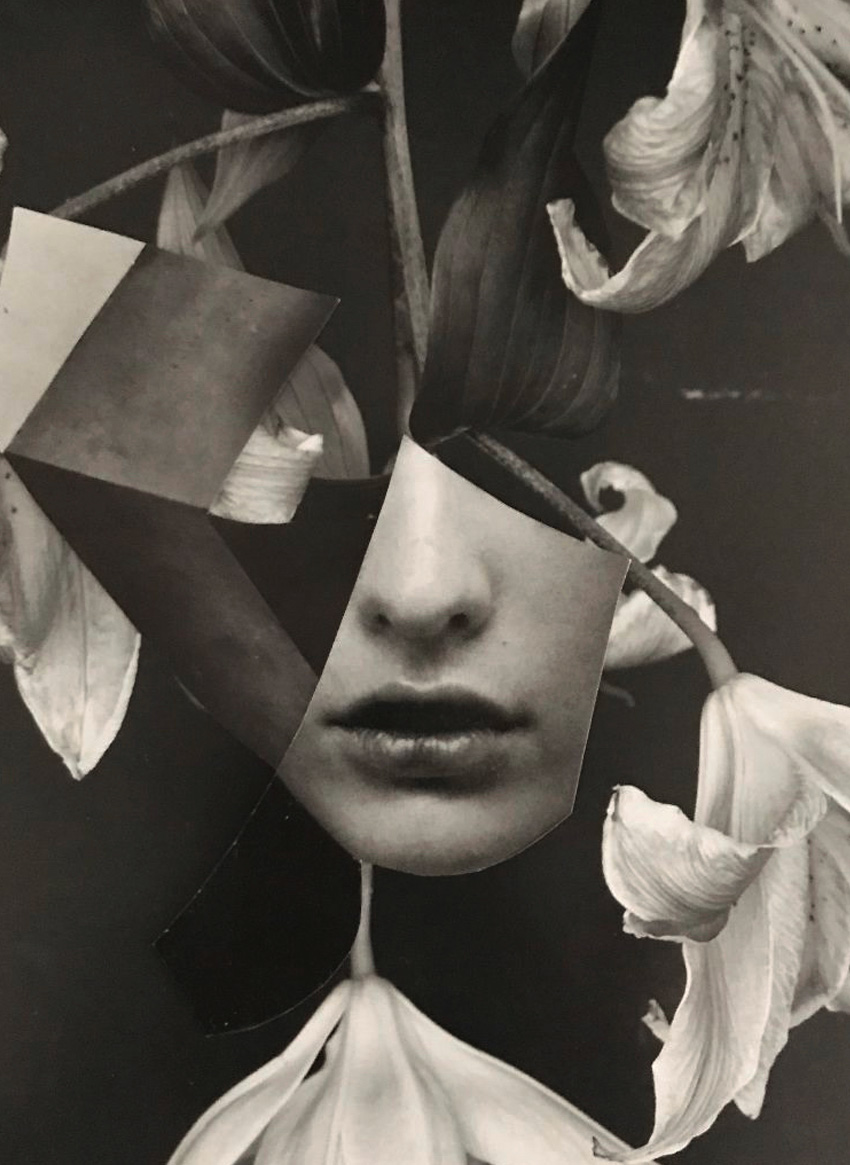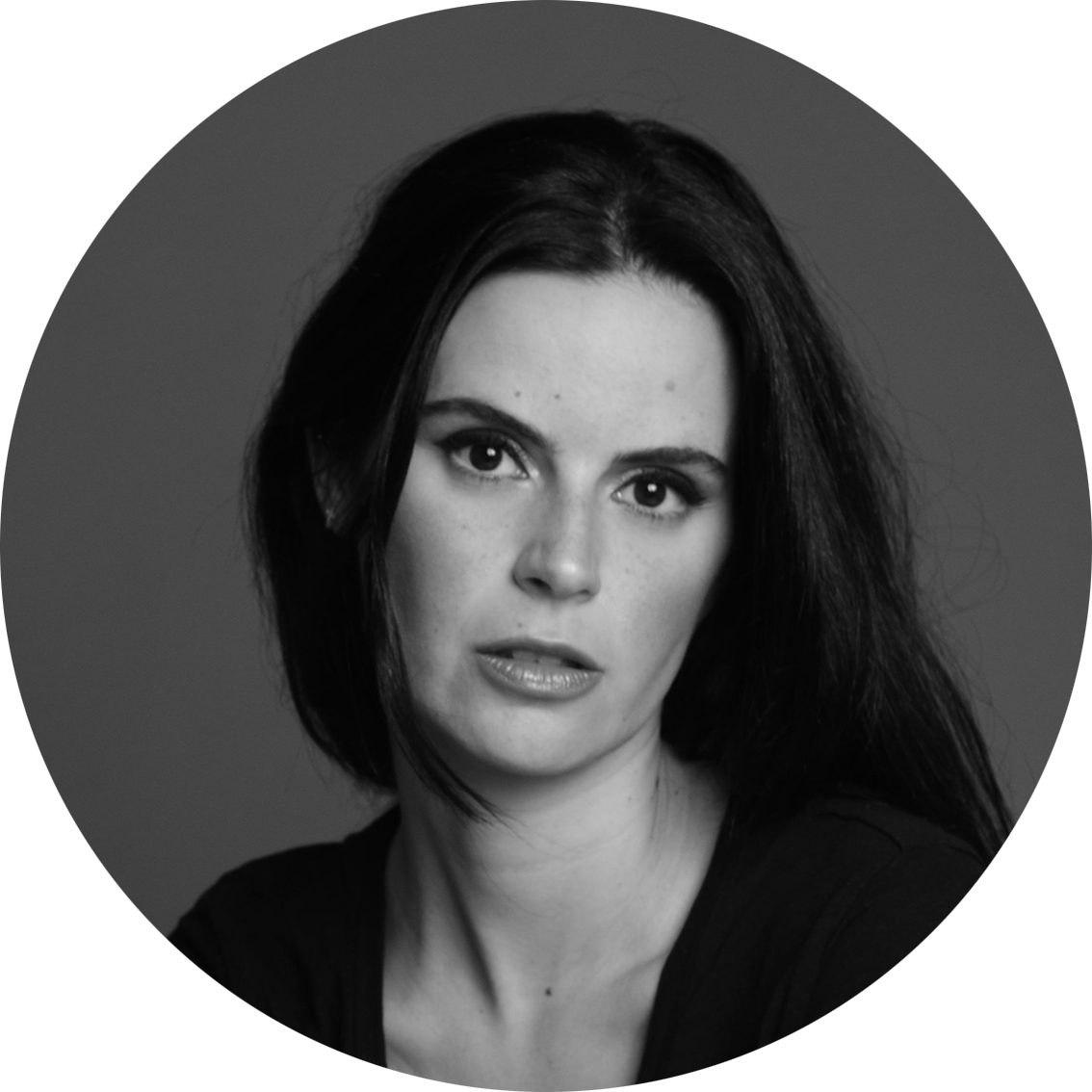The Mother Nature Issue
Miriam Töelke is German, lives in Berlin, and it is in this gigantic metropolis that she likes to lose herself in search of inspiration.
Her work consists of creating order out of chaos - a kind of visual poetry that brings together the treasures she collects, keeps and rebuilds. Her collages are silent representations of something she has spent a long time contemplating. We asked him five questions to try to understand the magic formula behind his art.
What attracted you to collage in the first place? When I look back, collage has always been part of my work; even though I actually come from a painting background, my working method was almost identical to collage. Now, when I bring together individual pieces of paper, layers, shifts, changes of perspective, new ways of seeing are created; that is what is exciting for me, creates tension and also lets go, allows in chaos and in new discoveries.
You consider yourself a “flâneuse” and you assemble images from magazines with found objects, scraps of paper or fragments from your growing picture archive. How is the process of creating a new piece? Do you consider this to be an analog process? For me, strolling is a kind of attitude to life, a way of reducing stress and thinking about life in the moment. I live in Berlin and literally everything is on the street here. Almost not a day goes by without me finding a book, books, magazines or something else to take back to my studio. I find the rest at the flea market or in second-hand bookshops, it's a constant search and find. My collages are always analog and are more like objects than classic collages. I fix the individual pieces, so the papers have air and can move; they sometimes seem to float.
The human face is a recurring element in your work. One might say you are trying to reveal, or to conceal, one’s true self. Can you explain us what do you use this element so much? The face is a shop window, you can see a lot but also hide a lot, it can derail us, we can lose our face, it can enchant and delight us, etc. In my collages, I try to bring the images of the past into the here and now, to feel the soul of the faces I encounter in magazines and photographs, to fathom the depth that is hidden behind the facade of the face, to make it visible for a spark of the moment and tangible for our eyes.
Your approach to collage is very different from the ones we are used to see online and in galleries. How would you describe your aesthetic? My approach is to get to the moment where I stop following a plan and let go in order to achieve and maintain a meditative state. It's in moments like these that the deepest images emerge and linger on. In our fast-moving times, I personally want to pause for a moment and I try to convey this in my pictures.
You use mainly darker tones, have a poetic vibe, and convey a spiritual landscape that end up provoking a sense of calm. Would you agree that your work might be almost subversive? I would call it transformative “transformative”, that is, when it is not just about an expansion of knowledge or skills, but a fundamental qualitative change in views of self and the world.
Originally published in The Mother Nature Issue, from May 2024. Full stories and credits are in the printed version.
Most popular

O que lhe reservam os astros para a semana de 30 de dezembro a 5 de janeiro
30 Dec 2025
.jpg)
.jpg)
Relacionados


Louis Vuitton: aniversário do icónico Monogram celebra-se com muitas novidades
01 Jan 2026





.jpg)